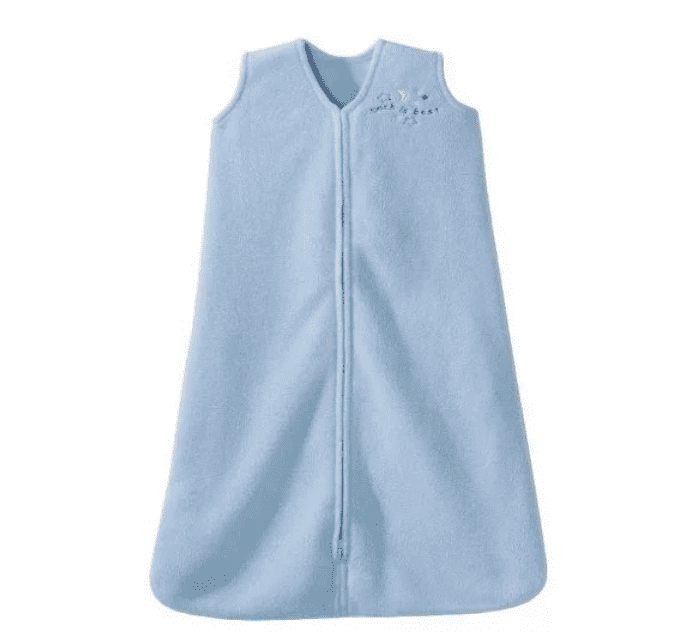“How long does your baby sleep at a time?” “Is Baby sleeping through the night?” “How are they sleeping?” “Are they a good sleeper?” “Are you getting enough sleep?” “We can take care of the baby while you catch up on sleep!”
For new parents, sleep is a main concern, for themselves and their babies – and of everyone around them. At Alzein Pediatrics, we completely understand. Medical research continues to show a strong correlation between ample sleep and positive health outcomes. For new parents, their good night’s sleep depends on Baby’s good night’s sleep.
As adults we get adjustable mattresses, contoured pillows, and weighted blankets in hopes of also getting a good night’s sleep. However, all of these things that promote comfort in an adult bed become very dangerous for a baby.
Last summer, the American Association of Pediatrics reaffirmed that infants should sleep on their backs, preferably in the same room but not the same bed, as the parent. Your infant’s mattress should be firm and the crib free of pillows, blankets, toys and bumpers – just a mattress and a snugly fitting sheet. But how do you keep a baby comfortable, warm and secure, in a crib that’s safest when empty?
When your baby has started to move and make some progress towards rolling over, “swaddling” can become a risk. Swaddling can also prevent the baby from developing the ability to turn over by restricting arm and hip mobility development.
More parents are turning to sleep sacks and sleep suits. The term “sleep sack” does a very good job explaining the product. Think of a sleep sack as a wearable blanket that can’t be kicked off or, more importantly, worked up over Baby’s head. Baby’s arms stick out of the sack’s “handles” and their feet are covered but still free to move. Sleep sacks allow the baby’s arms and legs to move freely without exposing them to the cold. And as an added design bonus, sleep sacks make midnight diaper changes much easier. You don’t have to peel pajama legs off like casings from sausages or try to get a set of wiggly toes into the tiny foot pouch. You simply have to unzip or unsnap the sack and get to work. When you’re done, snap or zip the sack back up and the baby’s already wrapped in a blanket.
“Sleep suits” can include just about any kind of full-body infant pajama, but the term is more likely to refer to increasingly popular pajamas that promise more comfort and more safety. Some of these sleep suits use padding to “muffle” the movements of your infant or to provide a more secure and snug feeling, more like a wearable pillow than a wearable blanket. Because your child is wearing these padded suits, dangerous crib clutter is avoided. However, sleep suits also limit mobility and so present the same obstacles to arm and hip development and to learning how to roll over.
New parents certainly want to control every variable possible to ensure better sleep for both Baby and themselves. However, for infants, less is more when it comes to sleeping and crib safety. Around the age of 2, most children will be able to safely use a blanket at night, but until then, sleep sacks offer a simple solution to one of the more complicated balancing acts of human life: getting your baby to sleep.
Are you struggling with getting your baby to sleep – or staying asleep? Message your Alzein Pediatrics provider through your portal and we’ll help! We are here to help keep your family healthy and happy!


